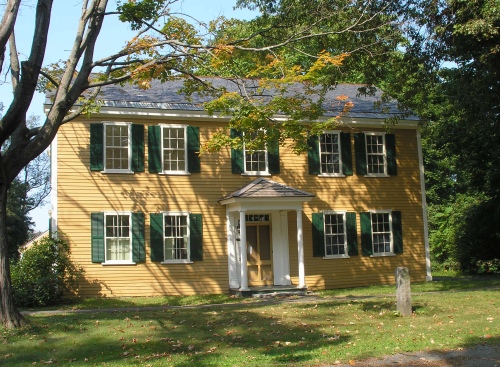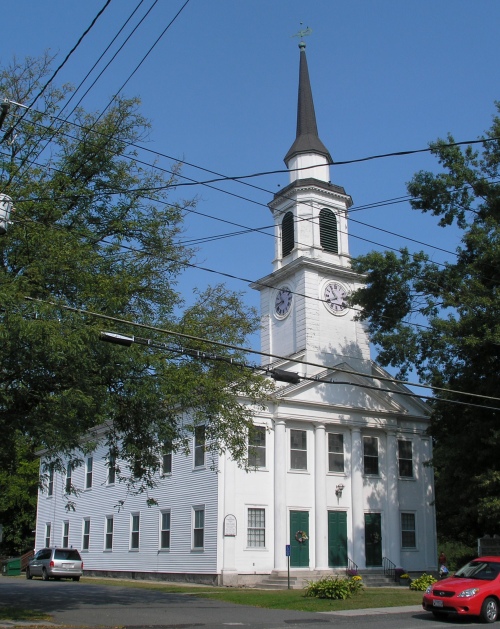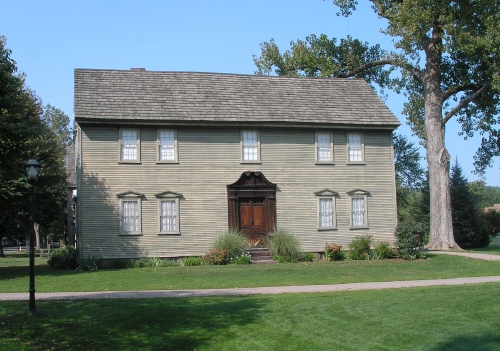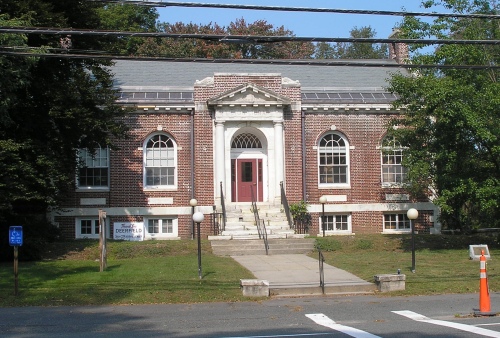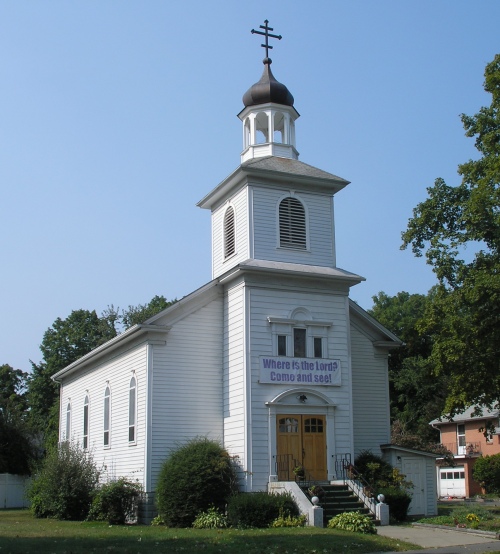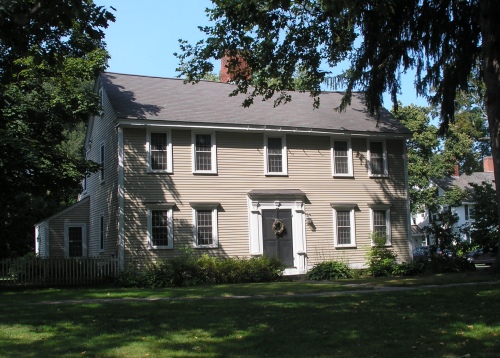Thomas Dickinson House (1762)
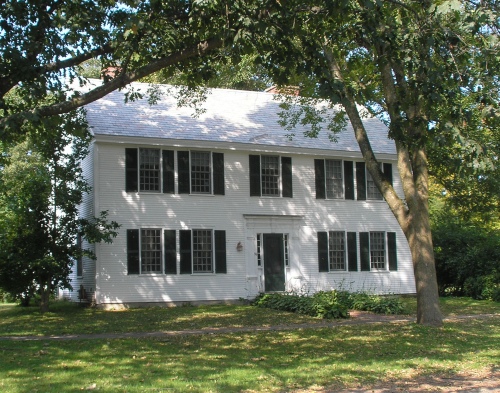
The Thomas Dickinson House in Deerfield is an early center hall house built in 1762. Capt. Thomas Dickinson, a slave owner, led the local militia in the Revolutionary War. There was an unsuccessful attempt to cultivate silkworms on the property in 1852.
